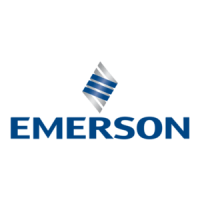
Do you have a question about the Emerson White Rodgers 1F80-361 and is the answer not in the manual?
| Brand | Emerson |
|---|---|
| Model | White Rodgers 1F80-361 |
| Category | Thermostat |
| Language | English |
Steps to safely remove an existing thermostat.
Configuration settings for electric heat or heat pump systems.
Instructions for mounting the thermostat base to the wall.
Information regarding battery installation and replacement.
Configuration settings for hydronic heating systems.
Procedures to verify thermostat functionality post-installation.
Testing the fan control functionality of the thermostat.
Steps to test the heating operation of the installed system.
Steps to test the cooling operation of the installed system.
Overview of the thermostat's buttons and their functions.
Explanation of the thermostat's display icons and indicators.
Guide to accessing and configuring thermostat settings.
Configuring temporary temperature overrides for specific durations.
Adjusting the heating cycle rate for different system types.
Enabling or disabling the display backlight for improved visibility.
Setting up early heating/cooling for precise temperature achievement.
Configuring reminders for air filter changes or cleaning.
Enabling compressor protection delay to prevent short cycling.
Adjusting the room temperature display offset for accuracy.
Changing the temperature display units between Fahrenheit and Celsius.
Temporarily changing the set temperature until the next programmed period.
Permanently holding a specific temperature setting.
Guidelines for planning and setting up personalized heating/cooling programs.
Strategy and planning for setting up heating and cooling schedules.
Instructions for setting the thermostat's internal clock and day.
Steps for programming the cooling schedule into the thermostat.
Final review of programmed settings before thermostat operation.
Procedure to reset the thermostat to factory default settings.
Troubleshooting common issues related to system operation.
Diagnosing and resolving problems where the heating system does not operate.
Diagnosing and resolving problems where the cooling system does not operate.
Diagnosing and fixing issues where the system runs continuously.
Troubleshooting furnace cycle rates and temperature swings.
Understanding and addressing cooling cycle rate issues.
Adjusting the thermostat's temperature display for accuracy.
Resolving issues with the thermostat's internal clock accuracy.
Troubleshooting premature activation of heating or cooling.
Resolving issues where the programmed schedule is not followed.
Fixing problems with the thermostat's display or keypad input.
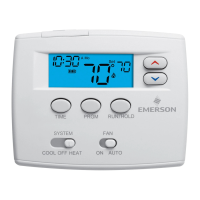
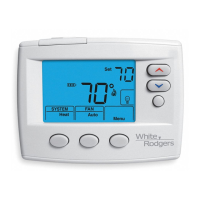
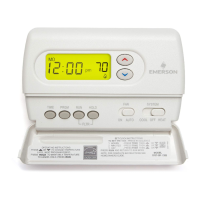
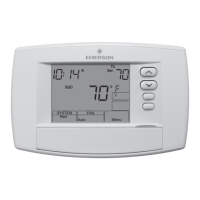
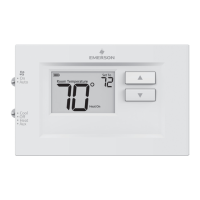

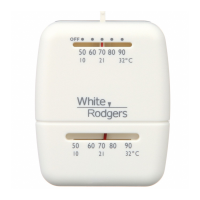
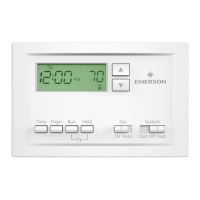
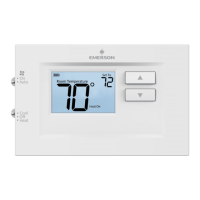
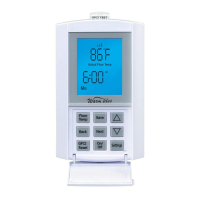
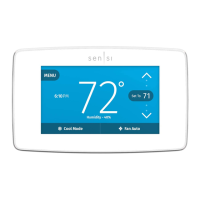
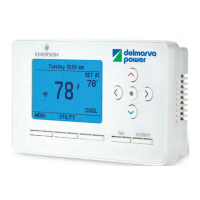
